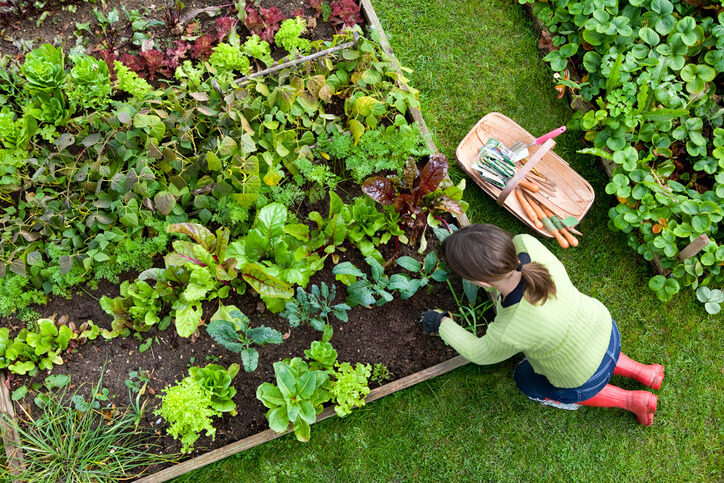Gardening can be a healthy combination: a way of keeping your yard lovely, a form of physical exercise, and a rejuvenating period of meditative relaxation. However, unless you learn to maintain good posture while gardening, you can end up with aches and pains or even a serious injury.
At Long Island Spine Rehabilitation Medicine, our physiatrists diagnose and treat many patients who are suffering as a result of not understanding how to move their bodies properly. Here is a short course on how to bend, dig, pull, lift, and carry while enjoying and improving your own backyard.
The Benefits of Maintaining Good Posture While Gardening
In addition to avoiding pain, proper posture will provide you with a flexible spine and keep vital energy flowing through your body, assisting all organs and bodily systems, e.g. respiratory, circulatory, musculoskeletal, and digestive. Not to mention the fact that maintaining good posture will help to keep your mind active and your mood upbeat.
Steps to Maintaining Good Posture While Gardening
1. Use Your Hips to Bend
Don’t round your back to bend. Instead, create a hinge at your hips and avoid reaching out too far. Remember this technique when pulling weeds, reaching across a flower bed or pruning low branches and bushes.
2. When Lifting Heavy Loads, Bend Your Knees
Lift with a straight back and relaxed shoulders, bending your legs at the knee so that you’re using your legs to lift rather than straining your back, shoulders, and arms. Tighten your core muscles (abs and glutes) to support your spine.
3. Distribute Weight Evenly
Don’t strain by carrying more weight on one side of your body. Stand erect with approximately the same amount of weight on either side. In other words, use two smaller containers rather than one large one, even if it means making more than one trip. It is also helpful to alternate sides when performing repetitive tasks.
4. Strengthen Your Core
Doing some warm-up exercises (even just walking around the block) to strengthen your core muscles before gardening will be well worth the time. It will keep you more balanced and flexible as you work, and help to prevent injury. Keep tools like rakes or long-handled shovels close to your body and lean from your center, using your whole body weight to complete the task.
6. Use Proper Tools
Purchase and use tools the right length for your body. Imagine how hard it would be for a small child to use an adult rake or for an adult to use a child’s shovel and you will understand why. Use an appropriately sized wheelbarrow to transport soil and other materials. Avoid kneeling whenever possible by purchasing a garden stool. If you must kneel, invest in a kneeling pad.
7. Make Your Garden an Ergonomic Environment
Raising the planting surface can be attractive, providing a showy arrangement of plants and flowers as well as saving yourself back strain. Why not consider raised beds and inclined surfaces to reduce the necessity of bending?
8. Take breaks at Reasonable Intervals
Like other pleasurable, productive tasks, gardening can become a bit obsessive and you may find yourself working for a much longer period of time than you intended. Fight the urge to work for too many hours at a time. Instead, prolong the joy and avoid the pain by taking regular breaks to stretch, relax, and hydrate.
Contact Our Skilled Physiatrists for Help with Gardening Injuries
If, in spite of taking postural precautions, you experience intense or ongoing pain after a spate of gardening, get in touch with our capable, compassionate doctors. We have a broad spectrum of nonsurgical therapeutic options to relieve your pain and restore your flexibility. We’ll have you back outdoors with your straw hat in no time.
